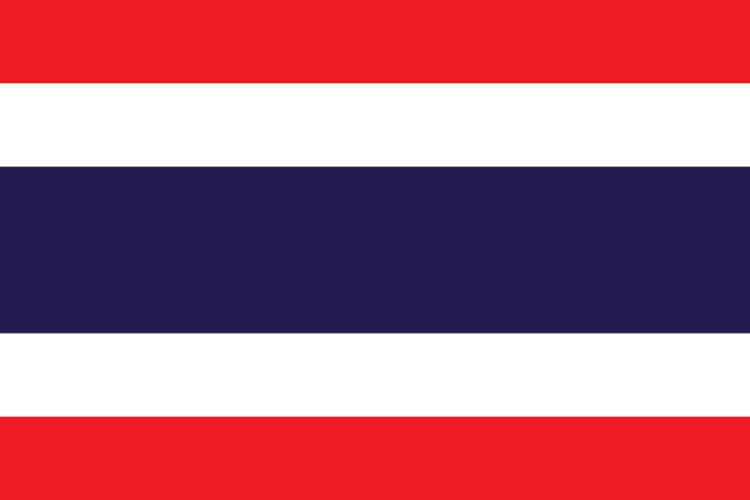1943–1945 → Reintegration of the territories into Burma 15 August 1945 Founded 1942 | Handover of the territory by the Japanese 18 August 1943 | |
 | ||
Saharat Thai Doem (Thai: สหรัฐไทยเดิม "Unified former Thai Territories") is a former administrative division of Thailand. It encompassed the parts of Shan State of British Burma annexed by the Thai government after the Japanese invasion of Burma.
Contents
- Geography
- History
- Administration
- Thai Military governor in Kengtung and Mngpan
- Administrative divisions
- Historical events
- References
By means of this annexation Axis-aligned Thailand expanded northwards to the 22nd parallel north and gained a border with China. Chiang Tung (Kengtung) was the administrative headquarters of the province.
Thailand was still allied with Japan when the war ended, but the United States proposed a solution. In 1946 Thailand agreed to hand back the territories occupied during Japanese presence in the country as the price for admission to the United Nations, consequently all wartime claims against Siam were dropped and the country received a substantial package of US aid. Then the Thai-occupied region in Eastern Shan state returned to its pre-war status and became again part of Burma.
Geography
The territory of the Northern Thai province was mountainous, except for a few small areas, such as the intermontane basin of Kengtung. The Salween River marked the western border of the new province. The northernmost point was the frontier town of Pangsang.
There were few roads connecting the districts and most of the population lived in small mountain villages. The area was mostly inhabited by Tai Yai people, but there were also sizable communities of Lahu, Akha and Wa people, as well as those belonging to the Karen ethnic group, including the Red Karen and the Kayan people.
History
Thai Prime Minister Plaek Phibunsongkhram signed a secret agreement with the Japanese Empire on 14 December 1941 and committed the Thai armed forces to participate in the planned Malayan Campaign and Burma Campaign. An alliance between Thailand and Japan was signed on 21 December 1941. On 25 January 1942, the Thai government, believing the Allies beaten, declared war on the United States and the United Kingdom. As a reward for entering into a military alliance with them, the Japanese agreed to return to Thailand Kedah, Perlis, Kelantan, and Terengganu, the four Malayan provinces ceded to the British in 1909, as well as parts of Shan State in British Burma that were deemed "lost territories" of Thailand.
In accordance with the Thai military alliance with Japan that was signed on 21 December 1941, the Japanese agreed that the area of eastern Shan State east of the Salween was to be under Thai administration.
In 1942, the Imperial Japanese Army (IJA) accompanied by the Thai Phayap Army invaded the Federated Shan States from Thailand. The defense of the Shan States had been left to the Nationalist Chinese forces, upon the request of the British. The 93rd Division of the Chinese Army defended Kengtung, while the 249th and 55th Divisions guarded from the Kengtung to Karenni States along the Thai border. The Japanese forces with superior air power went on to dislodge the Nationalist Chinese forces by November 1942. The IJA allowed the Phayap Army to occupy all of Kengtung State and the four trans-Salween districts of Möng Tang, Möng Hang, Möng Kyawt and Möng Hta, of Mongpan State. Following the existing agreement between Thai Prime Minister Plaek Phibunsongkhram (Phibun) and the Japanese Empire, on 18 August 1943, the Japanese government agreed to the Thai annexation of Kengtung and part of Mongpan State (as well as the annexation of Kelantan, Trengganu, Kedah, Perlis states and nearby islands in Malaya.) The Thai government wanted the two districts of Möngmaü and Mehsakun of Mawkmai of the southern Shan states as well as part of Kantarawadi in the Karenni states, all east of the Salween River, but the Japanese assigned them to their client State of Burma in September 1943.
The Thai army would remain there until the end of the war although the Thai government began to alter its position when the tide of war began to favor the allies. After the Phibun government fell in August 1944, the new government of Khuang Aphaiwong communicated to the British government it renounced all claims to the Shan States and northern Malaya, and that it would immediately return the territories to Britain. The Churchill government did not accept the Thai overture, and was prepared to retaliate. The Thai army evacuated the two Shan States only in August 1945.
Administration
A rudimentary administration was set up early in the invasion with Kengtung as the centre. Made up mostly of small rural communities, during the occupation the Thai territory in Shan State remained a largely forgotten place. Wounded or ill Thai soldiers who were sent to Bangkok were shocked that there was no knowledge or concern about the hardships of the northern Thai Army.
Thai Military governor in Kengtung and Möngpan
Administrative divisions
Saharat Thai Doem was divided into twelve districts (amphoe), to which later a further district was added. Mueang Phan was a special district.
